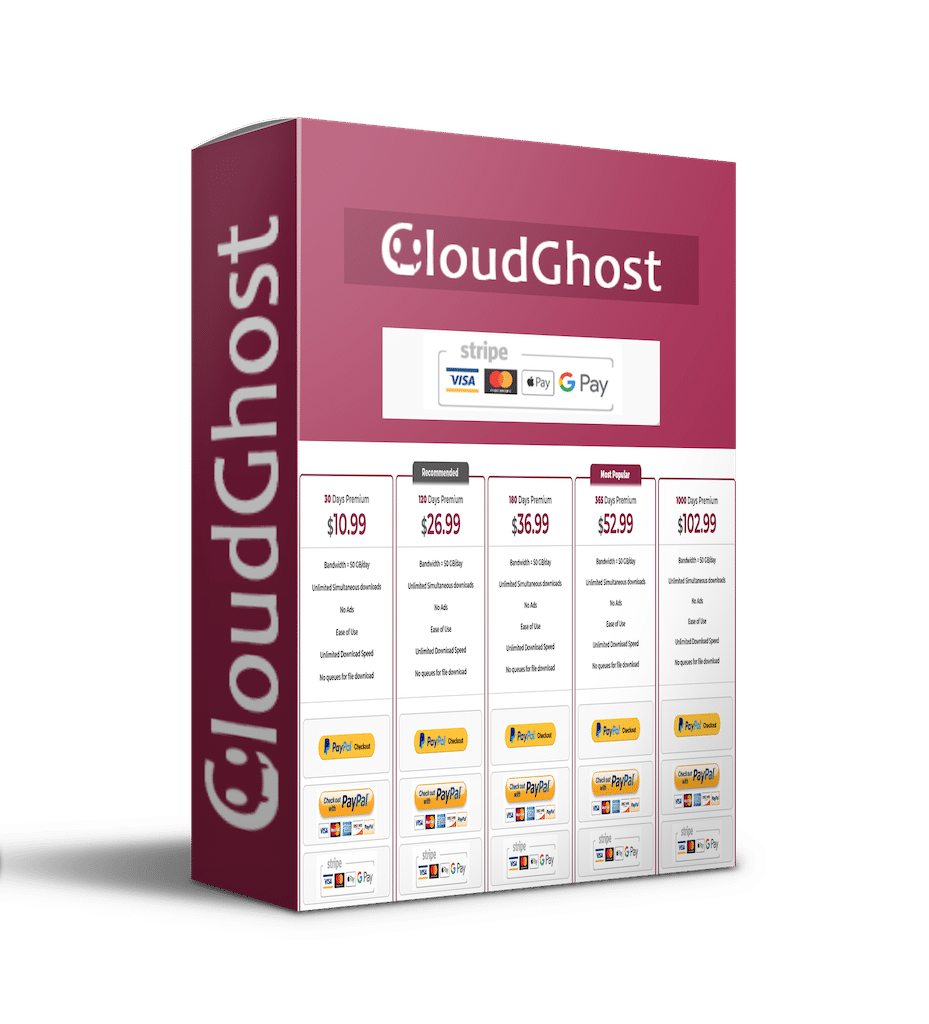Cool
Artstation – PANORAmake – Complete & Accessible AAA-Grade Landscape Texturing for Unreal Engine 4-5 Free Download

PANORA|make is a single-person project aiming to be the most accessible and complete landscape texturing solution for Unreal Engine.
Regardless of your workflow, PANORA|make can be a great addition to it. Whether you are a beginner or an expert, following a specific workflow or not, this plug-in spares a lot a time leaving only the creation itself as the main focus.
It uses a non-destructive mask-based workflow to automatically paint its materials as well as allowing you paint them manually. These masks are made by you, by using filters and noises that you can add, subtract, multiply by each other to create the result you want.
On the Freelancer & Studio licenses there are presets containing multiple Biomes, which are the combinaison of the Auto Material and its paintable Sub-Layers. You also have access to Correction Layers which allows to paint materials on top of all the biomes. So you can for example paint a desert and a forest area, each with their own sets of rules and masks !
Its flagship features are:
Easy to understand Layered Workflow
PANORA|make uses a very easy to understand layered materials workflow, which are then applied on the landscape using masks created by the user. They can also be applied manually with the default Landscape painting tools. The user can apply advanced effects to the materials themselves like Triplanar Mapping, UV Breaking, Parallax Occlusion Mapping, Distance-Based UV Scaling with just a click.
Its own Custom Interface
The Interface is a core component of using PANORA|Make, allowing to use its extensive features without having to scroll hundreds of Instance lines. It also allows a much more ergonomic and comprehensive layout along with extra features like the Auto-Converting of the imported textures, the ability to import from other materials, guiding the user through the creation of an Instance, etc.
Mask Builder & Linking
The Mask Builder allows the user to make its own masks based on Filter or Noises, which can then be Added/Multiplied/Subtracted together. There is also the possibility of breaking the Vertex Masking with a normalmap to get a more natural and random result. One of the filters is a Splatmap Importer, allowing the user to quickly import a splatmap from World Machine or other software and use one of its RGB channels as a mask.
It is also possible to link filters between different Sub-Layers, to apply noises only on a zone defined by another Sub-Layer, exclude a zone defined from the mask of another Sub-Layer, etc. (Example : apply a noise only on the slopes of a terrain, etc.)
You can think of the mask linking as the anchor points in Substance Painter, it is basically the same workflow.
Hybrid Caching System
The landscape supports Runtime Virtual Caching, allowing the user to get more performance out of the final landscape. If there is need for a dynamic feature like Distance-Based UV Scaling on one Sub-Layer, it can be excluded from caching.
It all comes down to choice and the ability to let the user make his own tradeoffs.
Fully integrated Atlas support
Since the tool allow for multiple Biomes (Freelancer & Studio licenses only), an atlas system is fully integrated to allow the end user to group textures together on a single file to reduce the number of Texture Objects used (64 Maximum on Unreal.) These atlases can still use UV Operations like Triplanar Mapping, Breaking of the UVs, and still keep their mipmaps, the user has settings to change how the atlasses are applied.




